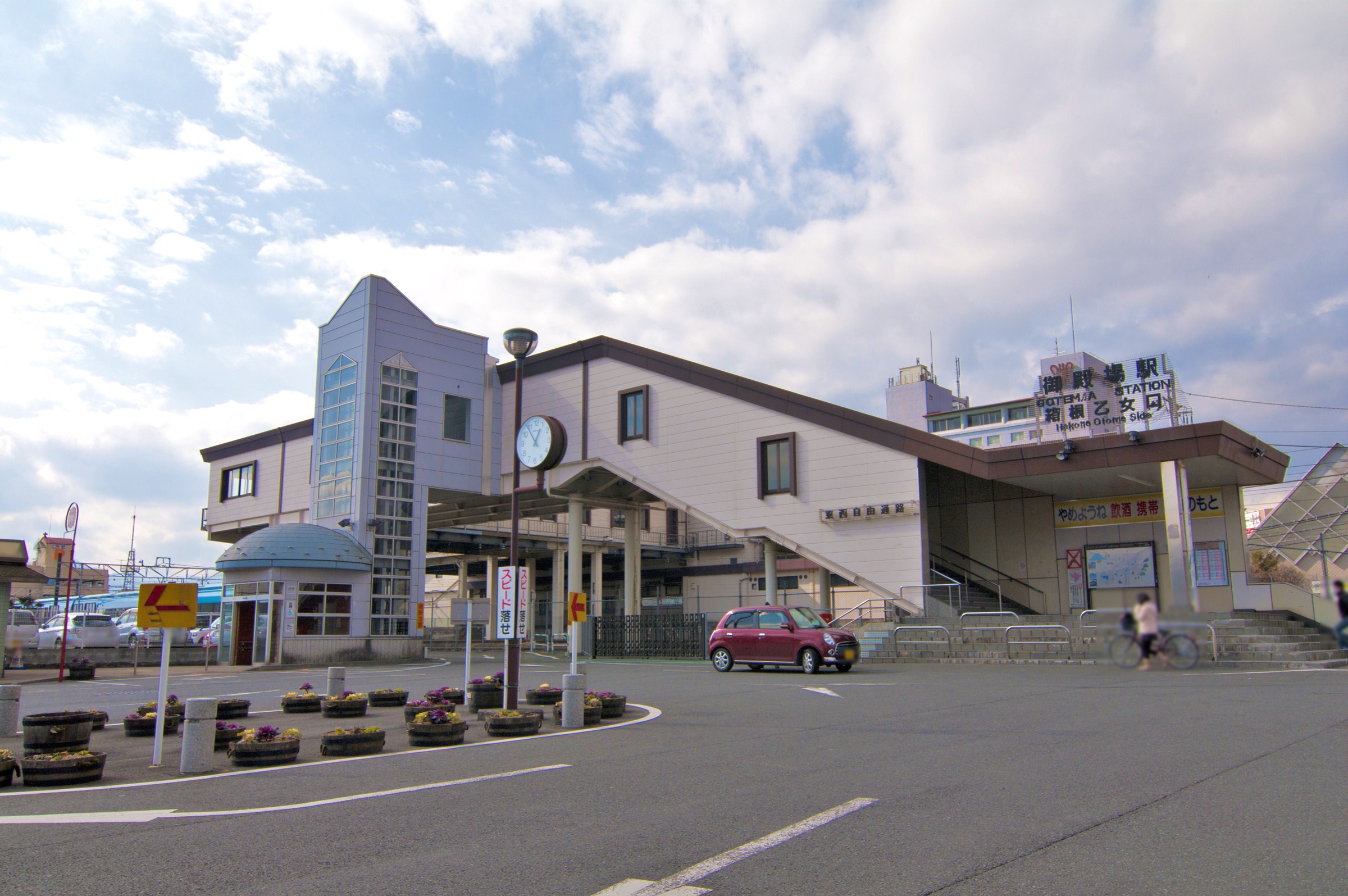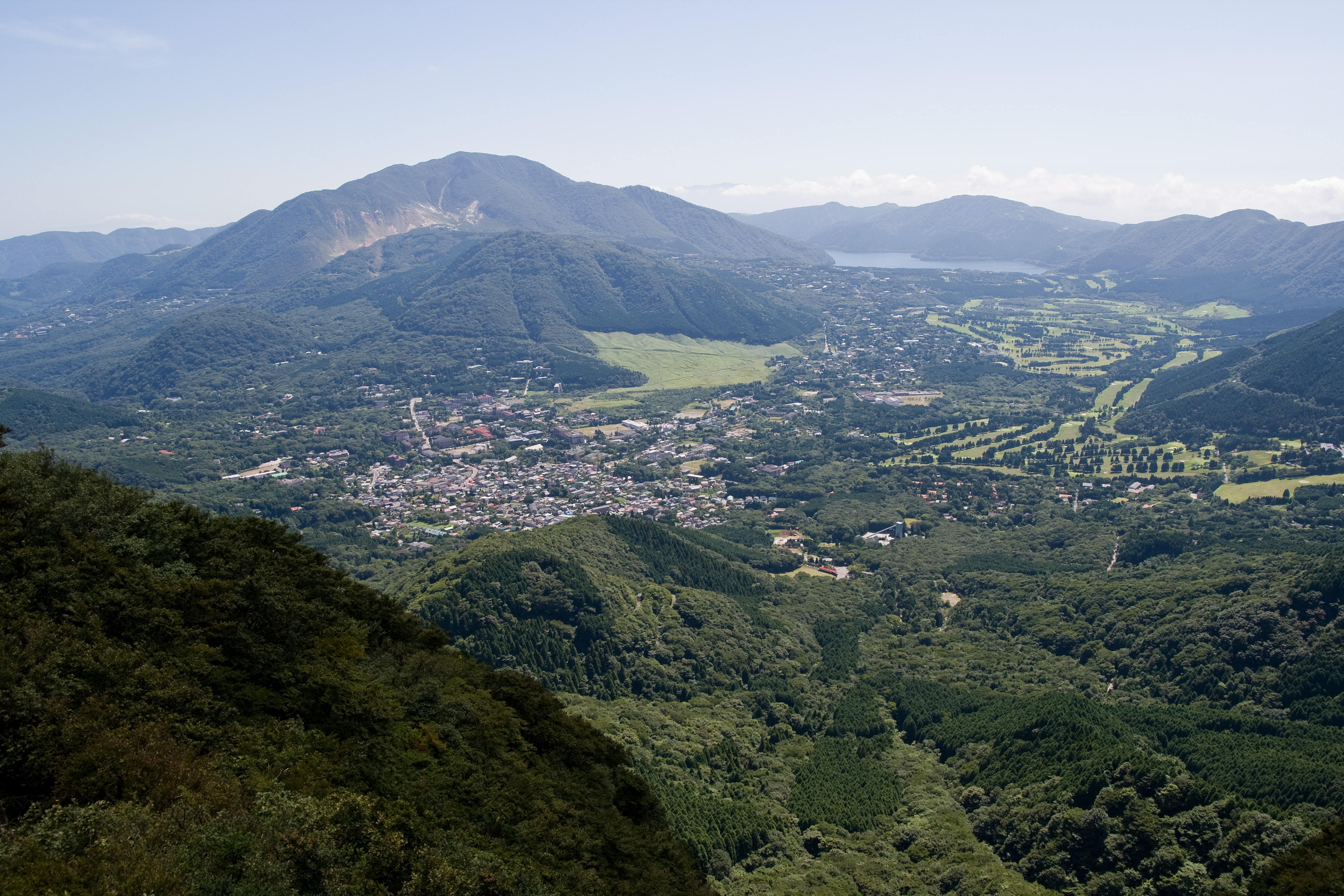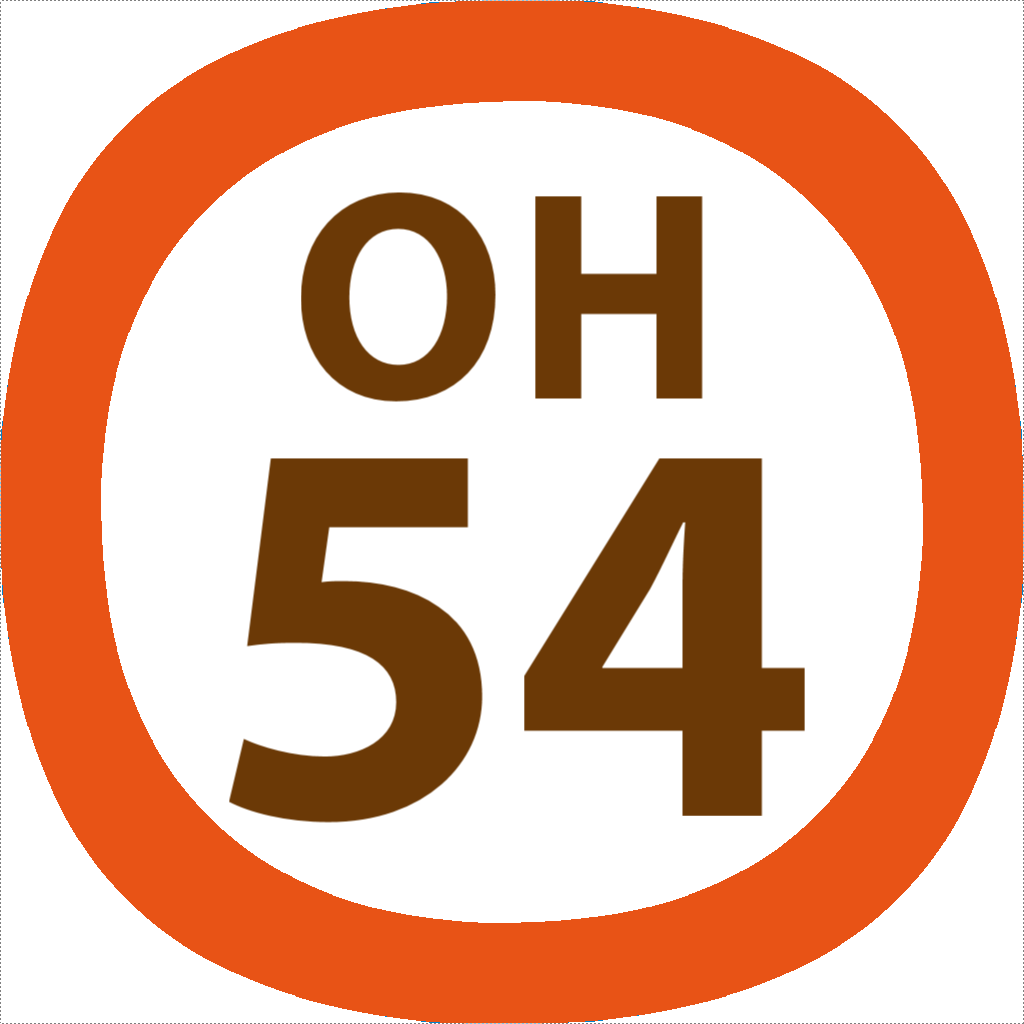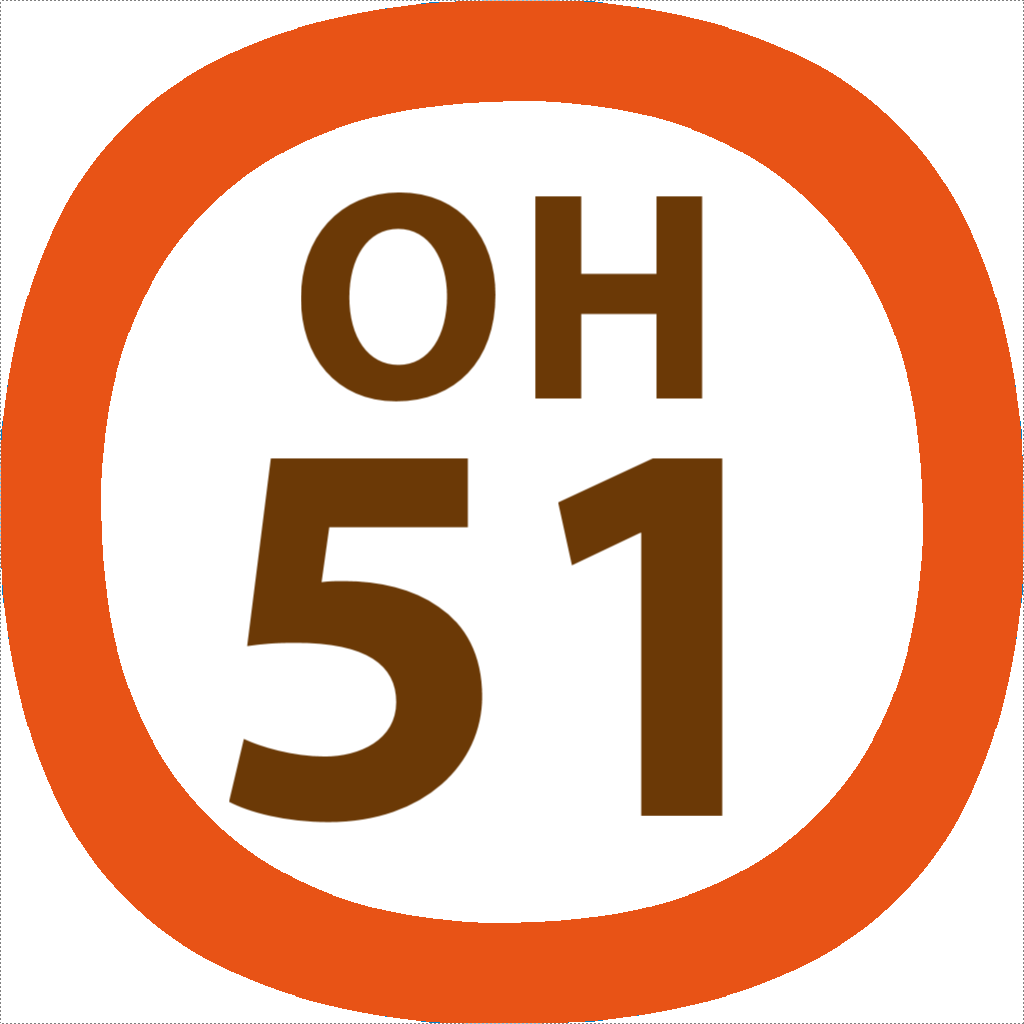|
Hakone-Itabashi Station
is a railway station on the Hakone Tozan Line located in Odawara, Kanagawa Prefecture, Japan. It is 1.7 rail kilometers from the line's terminus at Odawara Station. History Hakone-Itabashi Station was opened on 10 October 1935, when the Hakone Tozan Railway (founded 1928) changed its Odawara - Hakone-Yumoto tram line to a railway. Station numbering was introduced in January 2014 with Hakone-Itabashi being assigned station number OH48. Lines *Hakone Tozan Railway **Hakone Tozan Line Building Hakone-Itabashi station has an island platform and a side platform serving three tracks; however, the side platform is not in use. Platforms Bus services *Hakone Tozan Bus **"H" line for Hakone Machi Ko (Lake Ashi) via Hakone Yumoto Station, Miyanoshita, Kowakidani Station, Kowaki-en, Moto Hakone Ko (Hakone Shrine), Hakone Checkpoint **"T" line for Togendai (Lake Ashi) via Hakone Yumoto Station, Miyanoshita, Sengoku (transfer for JR Gotemba Station & Gotemba Premium Outlets) **for Od ... [...More Info...] [...Related Items...] OR: [Wikipedia] [Google] [Baidu] |
Side Platform
A side platform (also known as a marginal platform or a single-face platform) is a platform positioned to the side of one or more railway tracks or guideways at a railway station, tram stop, or transitway. A station having dual side platforms, one for each direction of travel, is the basic design used for double-track railway lines (as opposed to, for instance, the island platform where a single platform lies between the tracks). Side platforms may result in a wider overall footprint for the station compared with an island platform where a single width of platform can be shared by riders using either track. In some stations, the two side platforms are connected by a footbridge running above and over the tracks. While a pair of side platforms is often provided on a dual-track line, a single side platform is usually sufficient for a single-track line. Layout Where the station is close to a level crossing (grade crossing) the platforms may either be on the same side of the cross ... [...More Info...] [...Related Items...] OR: [Wikipedia] [Google] [Baidu] |
Railway Stations In Kanagawa Prefecture
Rail transport (also known as train transport) is a means of transport that transfers passengers and goods on wheeled vehicles running on rails, which are incorporated in tracks. In contrast to road transport, where the vehicles run on a prepared flat surface, rail vehicles (rolling stock) are directionally guided by the tracks on which they run. Tracks usually consist of steel rails, installed on sleepers (ties) set in ballast, on which the rolling stock, usually fitted with metal wheels, moves. Other variations are also possible, such as "slab track", in which the rails are fastened to a concrete foundation resting on a prepared subsurface. Rolling stock in a rail transport system generally encounters lower frictional resistance than rubber-tyred road vehicles, so passenger and freight cars (carriages and wagons) can be coupled into longer trains. The operation is carried out by a railway company, providing transport between train stations or freight customer facilit ... [...More Info...] [...Related Items...] OR: [Wikipedia] [Google] [Baidu] |
Gotemba Premium Outlets
The is an outlet mall located in Gotemba, Shizuoka, Japan, near Mount Fuji. It was opened on July 13, 2000, and contains over 200 stores. The mall is managed by Mitsubishi Estate Simon Co., Ltd., a joint venture between Mitsubishi Estate and Simon Property Group. History The mall opened on July 13, 2000. It was extended in July 2003, and further extended in March 2008. Access by car *from Tokyo or Nagoya: Tōmei Expressway (Gotemba Interchange) *from Hakone: National Route 138 *from Lake Kawaguchi and Lake Yamanaka: National Route 138 Bus services *Free shuttle bus **for JR Gotemba Station (transfer for JR Gotemba Line, bus for Mount Fuji, Fuji Five Lakes, and highway bus for Shinjuku Station in Tokyo, JR Yokohama Station and Haneda Airport) via Tōmei Gotemba (transfer for Tōmei Expressway Bus for JR Tokyo Station, JR Shizuoka Station and JR Nagoya Station), by Free Shuttle Bus *Expressway bus **for Shinjuku Station and Tokyo Station by JR Bus Tech **for Shinjuku Station ... [...More Info...] [...Related Items...] OR: [Wikipedia] [Google] [Baidu] |
Gotemba Station
is a railway station on the Gotemba Line in the eastern part of the city of Gotemba, Shizuoka, Japan, operated by Central Japan Railway Company (JR Central). It is one of the gateway stations to Mount Fuji and the Fuji Five Lakes (including Lake Kawaguchi and Lake Yamanaka). Lines Gotemba Station is served by the Gotemba Line, and is located 35.5 kilometers from the official starting point of the line at . The limited express train '' Mt. Fuji'' runs between Shinjuku (Tokyo) and this station via Matsuda. Station layout Gotemba Station has a single side platform and a single island platform serving three tracks. The station building has automated ticket machines, IC card TOICA automated turnstiles, and a staffed ticket office. The station building is elevated above the platforms. Platforms History Gotemba Station opened on February 1, 1889 as one of the original stations of the Tōkaidō Main Line between and . From 1955, in a joint operation with Odakyu Electric Rail ... [...More Info...] [...Related Items...] OR: [Wikipedia] [Google] [Baidu] |
Sengokuhara
, sometimes called Sengokubara, is a district in Hakone, Kanagawa, Japan. Geography The district covers a total area of approximately 22 km²,toukei-labo.com, analysis result of data of Statistics Bureau, Japan and is located in the northern part of the Hakone . The area is designated a part of , and includes golf courses, cottages, hotels, and Japanese inns. Mountains [...More Info...] [...Related Items...] OR: [Wikipedia] [Google] [Baidu] |
Tōgendai Station
is a terminal on the Hakone Ropeway in the town of Hakone, Kanagawa, Japan. It is from the Hakone Ropeway's opposing terminus at Sōunzan Station. It is located at an altitude of in the Togendai area of Hakone. Lines Tōgendai Station is served by the Hakone Ropeway. Layout The boarding area for the Hakone Ropeway is on the second floor, with access by stairs or escalator, as the station is built barrier free for use by handicapped passengers. History Tōgendai Station opened on September 7, 1960 with the opening of the Hakone Ropeway Line. Other transportation *Hakone Sightseeing Cruise (Named "Tōgendai-ko") ** for Hakone-machi Port , Moto-hakone Port *Hakone Tozan Bus **Bus stop 1 *** "T" Line for Hakone Yumoto Station and Odawara Station, via Sengoku-Kogen (Pampas grass viewing spot), Senkyoro mae (transfer for Pola Museum of Art, Hakone Art Museum ( Kōen-Kami Station), Gora Park, Gora Station, Hakone Open-Air Museum, Kowaki-en, Yunessun, and Ten-yu), Kawamukai (The ... [...More Info...] [...Related Items...] OR: [Wikipedia] [Google] [Baidu] |
Hakone Shrine
The is a Japanese Shinto shrine on the shores of Lake Ashi in the town of Hakone in the Ashigarashimo District of Kanagawa Prefecture.Kotodamaya.com"Hakone Jinja" retrieved 2013-1-27. It is also known as the . Nussbaum, Louis-Frédéric. (2005)"Hakone Gongen-jinja"in ''Japan Encyclopedia'', p. 279. Enshrined ''kami'' The primary ''kami'' of Hakone Shrine are * * * They are known collectively as the . History According to shrine tradition, ''Hakone-jinja'' was founded in 757 during the reign of Emperor Kōshō. The original shrine was at the summit of the Komagatake peak of Mount Hakone. The shrine was relocated to the shores of Lake Ashi; its current form dates to 1667. Credit for establishment is also given to Priest Mangan, for pacifying the nine-headed dragon that lived at the bottom of Lake Ashi. According to the ''Azuma Kagami'', Minamoto no Yoritomo sought guidance and shelter from the kami at Hakone after his defeat in Battle of Ishibashiyama during the Genp ... [...More Info...] [...Related Items...] OR: [Wikipedia] [Google] [Baidu] |
Kowakidani Station
is a railway station on the Hakone Tozan Line located in Hakone, Kanagawa Prefecture, Japan. It is 13.4 rail kilometers from the line's terminus at Odawara Station. History Kowakidani Station was opened on June 1, 1919. Lines *Hakone Tozan Railway **Hakone Tozan Line Building Kowakidani Station has two opposed side platforms. Platforms Bus Services * Hakone Tozan Bus **"H" line for Hakone Machi Ko (Lake Ashi) via Kowaki-en, Moto Hakone Ko (Hakone Shrine: Transfer for Sightseeing Cruise)and Hakone Checkpoint **"H" line for Hakone Yumoto Station and Odawara Station, via Miyanoshita and Ohiradai Station * Izu Hakone Bus **"J" line for Kojiri via Kowaki-en and Ōwakudani **"Z" line for Hakone Checkpoint via Kowaki-en and Moto Hakone (Hakone Shrine) **"J" & "Z" line for Hakone Yumoto Station and Odawara Station is a junction and interchange railway station located in the city of Odawara, Kanagawa, Japan, operated jointly by the East Japan Railway Company (JR East) and Ce ... [...More Info...] [...Related Items...] OR: [Wikipedia] [Google] [Baidu] |
Miyanoshita Station
is a railway station on the Hakone Tozan Line located in Hakone, Kanagawa Prefecture, Japan. It is 12.1 rail kilometers from the line's terminus at Odawara Station. History Miyanoshita Station was opened on June 1, 1919. Lines *Hakone Tozan Railway **Hakone Tozan Line Building Miyanoshita Station has two opposed side platforms. Platforms Bus services * Hakone Tozan Bus **"H" line for Hakone Machi Ko (Lake Ashi) via Kowakidani Station, Kowaki-en, Moto Hakone Ko (Hakone Shrine: Transfer for Sightseeing Cruise), Hakone Checkpoint **"T" line for Togendai (Lake Ashi: Transfer for Sightseeing Cruise) via Venetian Glass Museum, Sengoku (Transfer for Gotemba Premium Outlets and JR Gotemba Station; a gateway station for Mount Fuji and Fuji Five Lakes, including Lake Kawaguchi and Lake Yamanaka), Kawamukai (The Little Prince and Saint-Exupéry Museum), Senkyoro-mae (Transfer for Pola Museum of Art), Sengoku-kogen (Pampas grass viewing spot) **"H" & "T" line For Ohiradai Station, ... [...More Info...] [...Related Items...] OR: [Wikipedia] [Google] [Baidu] |
Hakone Yumoto Station
is a railway station on the Hakone Tozan Line in Hakone, Kanagawa, Japan. Lines Hakone-Yumoto Station is served by the Hakone Tozan Line from to , although all Hakone Tozan Line trains start from this station, and only Odakyu services operate between Hakone-Yumoto and Odawara. The station lies 6.1 kilometers from the line's official starting point at Odawara Station. Odakyu Electric Railway "Romancecar" limited express trains run between Shinjuku and this station. Station layout The station has four tracks. There are some shops, information center for sightseeing and hotel reservations, and bus terminal also in front of the station. Platforms History Hakone-Yumoto station opened on October 1, 1888, as "Odawara Horse-drawn Railway" terminal ''Yumoto Station'', from Kōzu Station (on the Tokaido Main Line), via Odawara Station. On June 1, 1919, a new electrified funicular railway was opened from Hakone-Yumoto to , and the Hakone Tozan Railway (founded 1928) converted ... [...More Info...] [...Related Items...] OR: [Wikipedia] [Google] [Baidu] |
Lake Ashi
, also referred to as Hakone Lake or Ashinoko Lake, is a scenic lake in the Hakone area of Kanagawa Prefecture in Honshū, Japan. It is a crater lake that lies along the southwest wall of the caldera of Mount Hakone, a complex volcano that last erupted in 1170 CE at Ōwakudani. The lake is known for its views of Mount Fuji, its numerous hot springs, historical sites, and ryokan. The lake is located on the Tōkaidō road, the main link between Kyoto and Tokyo. A number of pleasure boats and ferries traverse the lake, providing scenic views for tourists and passengers. Several of the boats are inspired by the design of sailing warships. Most visitors to Lake Ashi stay in one of the hotels or ryokan located in the area to visit some of the local attractions. There is also a campsite at the north end of the lake. Hakone Shrine is a shrine that has been visited by shōgun, samurai, and many travelers over the centuries. Large sections of the Old Tōkaidō road are preserved here. ... [...More Info...] [...Related Items...] OR: [Wikipedia] [Google] [Baidu] |







